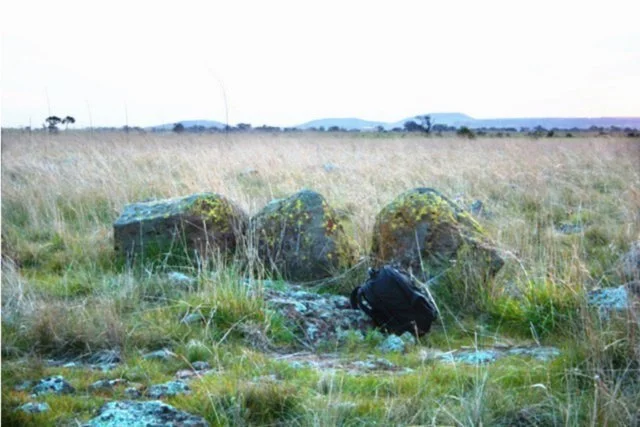Wurdi Youang is an ancient stone arrangement located in Victoria, Australia. It holds significance as one of the oldest known astronomical sites in the world. This site, constructed by the Indigenous Wathaurong people, is often compared to similar structures, such as Stonehenge. Its purpose and use in early Aboriginal culture highlight the advanced understanding of astronomy in pre-European Australia.
Get your dose of History via Email
Archaeological Features
The stone arrangement at Wurdi Youang consists of a series of basalt rocks. These stones are positioned in an egg-shaped formation, with some larger stones marking key astronomical points. The site is about 50 meters in diameter, and the alignment of the stones suggests their role in marking seasonal events like solstices.
Researchers have concluded that the stones align with the setting sun during the summer and winter solstices. This observation points to the Wathaurong people’s advanced knowledge of the solar cycle. The largest stones on the western edge of the arrangement align with the setting sun at the equinoxes, adding further evidence to the site’s astronomical function.
Cultural Significance
Wurdi Youang is of immense cultural importance to the Wathaurong people. It represents their deep connection to the land and the sky. Aboriginal traditions often use such sites for ceremonies and seasonal events, and Wurdi Youang likely served a similar purpose. The site’s age is uncertain, but some estimates suggest that it may be over 10,000 years old, dating to a period long before European contact.
Discovery and Research
Wurdi Youang was rediscovered in the 1970s. Archaeologists and researchers have since conducted detailed studies to determine its purpose. The site’s discovery changed perspectives on Indigenous Australian knowledge, showing that Aboriginal Australians had a sophisticated understanding of astronomy long before European arrival.
Studies of Wurdi Youang suggest that its creators observed and understood the movements of the sun throughout the year. This discovery challenged earlier views that Aboriginal Australians were solely hunter-gatherers without complex knowledge systems. As a result, Wurdi Youang is now recognized as one of the most important Indigenous sites in Australia.
Preservation and Protection
Wurdi Youang is protected under Australian heritage laws. Its significance is not only archaeological but also cultural. The site continues to hold meaning for the descendants of the Wathaurong people. Preservation efforts aim to maintain the integrity of the stone arrangement while allowing researchers to study it further.
The continued study of Wurdi Youang provides valuable insights into the culture, history, and knowledge of Aboriginal Australians. It serves as a reminder of the sophisticated scientific understanding present in Indigenous societies, emphasizing the need for ongoing protection of such heritage sites.
Conclusion
Wurdi Youang is a remarkable example of early Indigenous Australian ingenuity. Its alignment with astronomical events demonstrates the Wathaurong people’s advanced understanding of the natural world. Ongoing research will continue to reveal more about this important site, highlighting the role of Indigenous knowledge in shaping Australia’s history.
Source:

